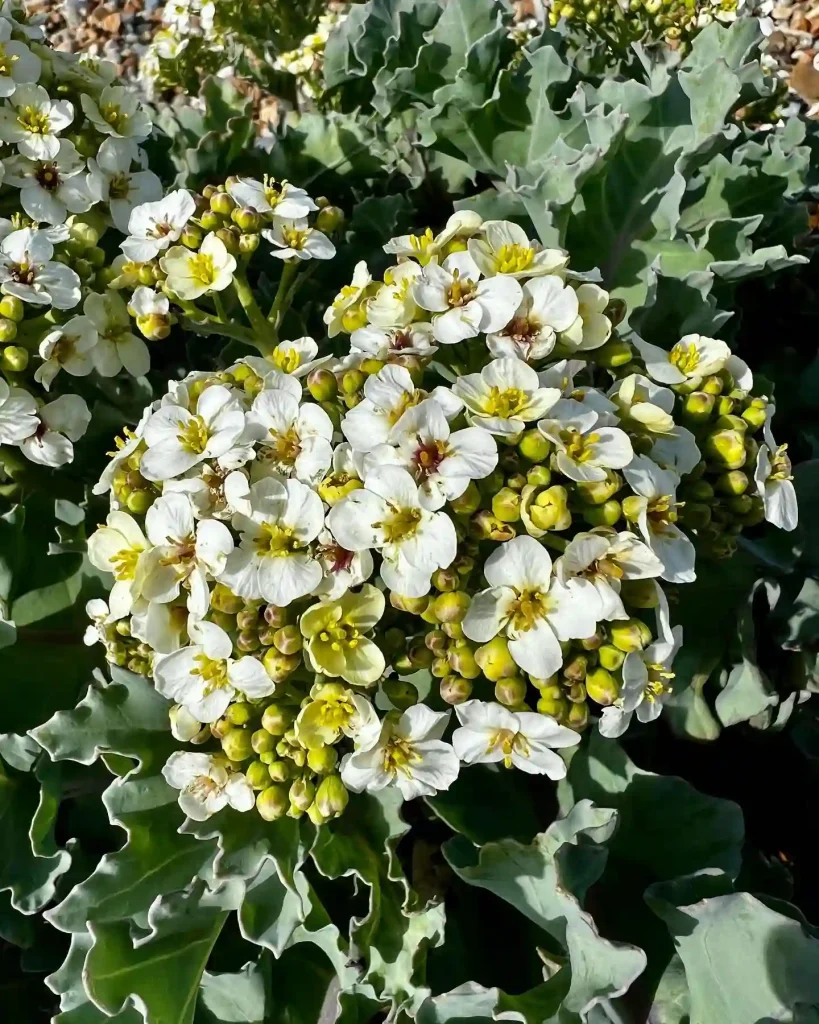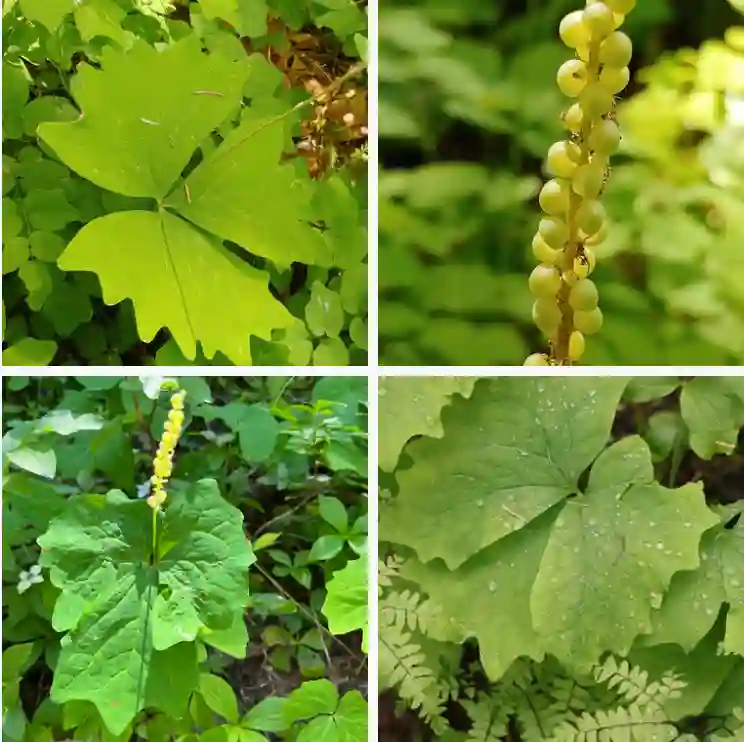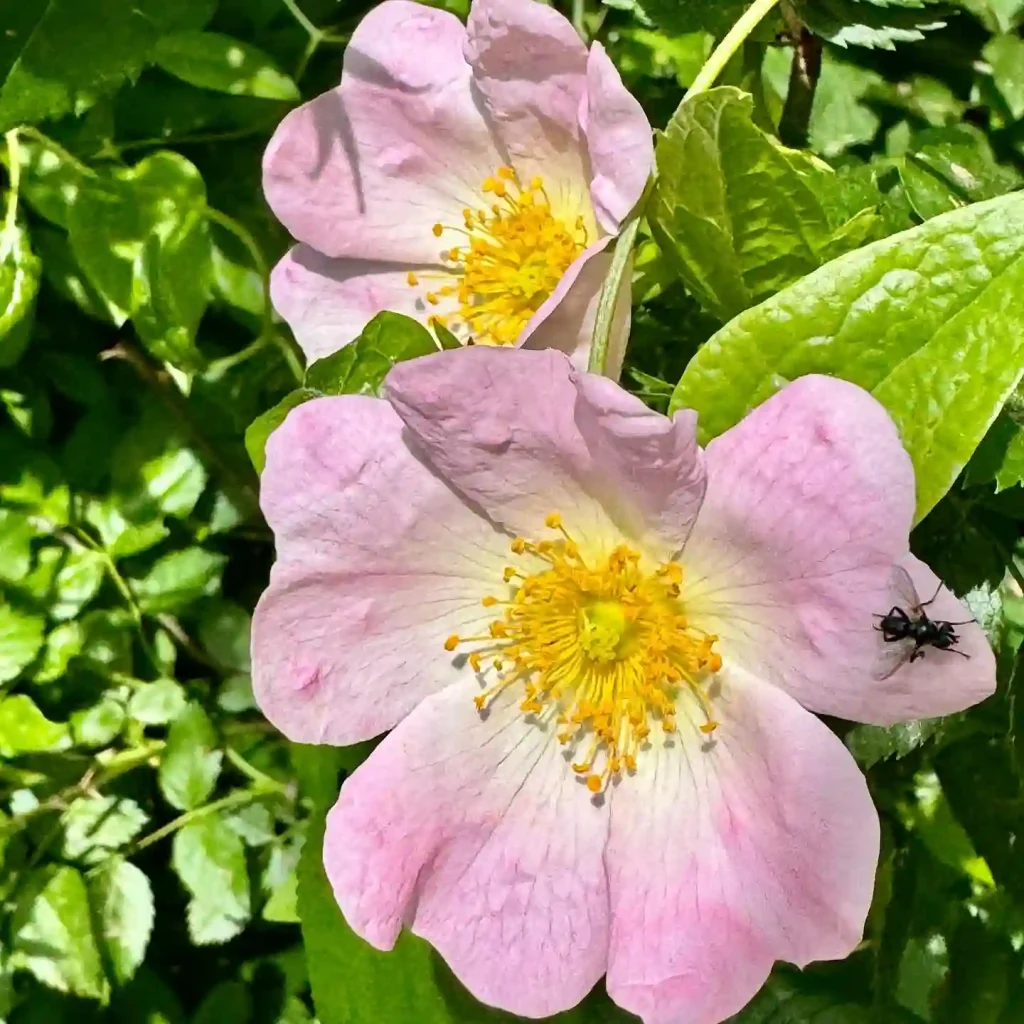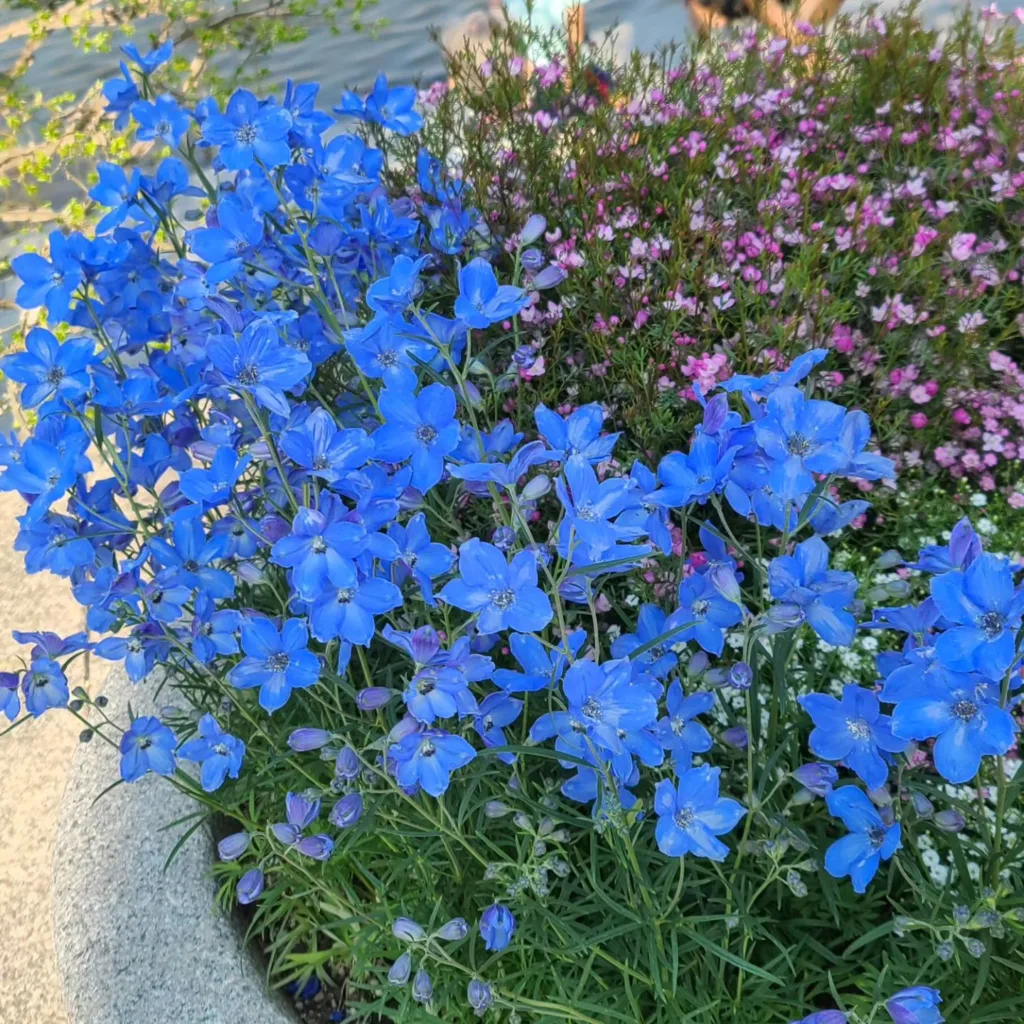My Fascination with Felicia
I’ve always been drawn to the vibrant hues and delicate beauty of wildflowers. There’s something about their resilience, their ability to thrive in the most unexpected places, that speaks to me. Among my favorites is the Felicia genus, a delightful group of flowering plants that bring a touch of sunshine wherever they bloom.
Felicia, a member of the Asteraceae family, boasts a diverse array of around 86 species. These captivating plants are native to southern Africa, with some species also found in parts of tropical Africa and the Arabian Peninsula. They are known for their daisy-like flowers, which typically feature a bright blue center surrounded by a ring of petals in shades of blue, purple, pink, or white.
A Closer Look at the Felicia Genus
What I find particularly appealing about Felicia is its versatility. These plants come in various forms, from small shrubs to perennial or annual herbaceous plants. This diversity makes them suitable for a wide range of gardening applications, from borders and rockeries to containers and hanging baskets.
The leaves of Felicia plants are generally simple and alternately arranged along the stems, though some species may have opposite leaves. They are often covered in fine hairs, giving them a soft, velvety texture. The flowers, which appear in profusion throughout the growing season, are a magnet for pollinators such as bees and butterflies.
Notable Felicia Species
While the entire genus is captivating, some species stand out for their unique characteristics and popularity among gardeners:
- Felicia amelloides (Blue Daisy Bush or Blue Felicia): This is perhaps the most well-known species, admired for its abundant blue flowers and long blooming period. It’s a hardy plant that can tolerate drought and coastal conditions, making it a favorite for gardens in warmer climates.
- Felicia bergeriana (Kingfisher Daisy): This species is known for its compact growth habit and profusion of bright blue flowers with yellow centers. It’s an excellent choice for borders and edging.
- Felicia heterophylla (True-blue Felicia): This annual species features sky-blue flowers with contrasting dark blue centers. It’s a popular choice for bedding displays and containers.
- Felicia filifolia (Thread-leaved Felicia): This species is distinguished by its fine, thread-like leaves and delicate blue flowers. It’s a good choice for rockeries and dry gardens.
- Felicia abyssinica Sch.Bip. ex A.Rich.
- Felicia aculeata Grau
- Felicia aethiopica (Burm.f.) Grau
- Felicia alba Grau
- Felicia amoena (Sch.Bip.) Levyns
- Felicia annectens (Harv.) Grau
- Felicia anthemidodes (Hiern) Mendonça
- Felicia australis (Alston) E.Phillips
- Felicia bampsiana Lisowski
- Felicia bechuanica Mattf.
- Felicia bellidioides Schltr.
- Felicia boehmii O.Hoffm.
- Felicia brevifolia (DC.) Grau
- Felicia burkei L.Bolus
- Felicia caespitosa Grau
- Felicia cana DC.
- Felicia canaliculata Grau
- Felicia clavipilosa Grau
- Felicia comptonii Grau
- Felicia cymbalariae (Aiton) Bolus & Wolley-Dod ex Levyns
- Felicia cymbalarioides (DC.) Grau
- Felicia dentata (A.Rich.) Dandy
- Felicia denticulata Grau
- Felicia deserti Schltr. ex Grau
- Felicia diffusa (DC.) Grau
- Felicia douglasii J.C.Manning & Magee
- Felicia drakensbergensis J.M.Wood & M.S.Evans
- Felicia dregei DC.
- Felicia dubia Cass.
- Felicia ebracteata Grau
- Felicia echinata (Thunb.) Nees
- Felicia elongata (Thunb.) O.Hoffm. ex Zahlbr.
- Felicia erigeroides DC.
- Felicia esterhuysenii Grau
- Felicia fascicularis DC.
- Felicia ferulacea Compton
- Felicia flava Beentje
- Felicia fruticosa (L.) G.Nicholson
- Felicia grantii (Oliv. & Hiern) Grau
- Felicia gunillae B.Nord.
- Felicia hirsuta DC.
- Felicia hirta (DC.) Grau
- Felicia hispida (DC.) Grau
- Felicia hyssopifolia (P.J.Bergius) Nees
- Felicia josephinae J.C.Manning & Goldblatt
- Felicia joubertinae Grau
- Felicia linearis N.E.Br.
- Felicia linifolia Grau
- Felicia macrorrhiza DC.
- Felicia martinsiana S.Ortiz
- Felicia merxmuelleri Grau
- Felicia microcephala Grau
- Felicia microsperma DC.
- Felicia minima (Hutch.) Grau
- Felicia monocephala Grau
- Felicia mossamedensis (Hiern) Mendonça
- Felicia muricata (Thunb.) Nees
- Felicia namaquana (Harv.) Merxm.
- Felicia nigrescens Grau
- Felicia nordenstamii Grau
- Felicia odorata Compton
- Felicia oleosa Grau
- Felicia ovata (Thunb.) Compton
- Felicia petiolata N.E.Br.
- Felicia puberula Grau
- Felicia quinquenervia (Klatt) Grau
- Felicia rogersii S.Moore
- Felicia rosulata Yeo
- Felicia scabrida (DC.) Range
- Felicia serrata (Nees) Grau
- Felicia smaragdina (S.Moore) Merxm.
- Felicia stenophylla Grau
- Felicia tenella (L.) Nees
- Felicia tenera (DC.) Grau
- Felicia tsitsikamae Grau
- Felicia uliginosa Grau
- Felicia venusta S.Moore
- Felicia welwitschii (Hiern) Grau
- Felicia westiae (Fourc.) Grau
- Felicia whitehillensis Compton
- Felicia wrightii Hilliard & B.L.Burtt
- Felicia zeyheri Nees
Cultivating Felicia
One of the reasons I enjoy Felicia so much is that it’s relatively easy to cultivate. These plants thrive in sunny locations with well-drained soil. They are drought-tolerant once established but appreciate regular watering during hot, dry periods. Deadheading spent flowers encourages continuous blooming and helps maintain a tidy appearance.
Felicia plants can be propagated from seed or cuttings. Seeds can be sown directly outdoors in spring or started indoors a few weeks before the last frost. Cuttings can be taken from established plants in spring or summer.
Why I Admire Felicia
Beyond their aesthetic appeal, I admire Felicia plants for their resilience and adaptability. They can thrive in a variety of conditions, from coastal gardens to arid landscapes. They are also relatively low-maintenance, requiring minimal care once established.
But perhaps what I appreciate most about Felicia is its ability to bring joy. The cheerful flowers, in their vibrant shades of blue, purple, and pink, are a welcome sight in any garden. They attract pollinators, adding life and movement to the landscape. And they simply make me happy.
In a world that often feels chaotic and unpredictable, the simple beauty of Felicia is a welcome reminder of the enduring power of nature. These plants, with their cheerful blooms and resilient spirit, are a source of inspiration and delight. I encourage anyone with a love of flowers to explore the diverse world of Felicia and discover the beauty they have to offer.
If i die, water my plants!



